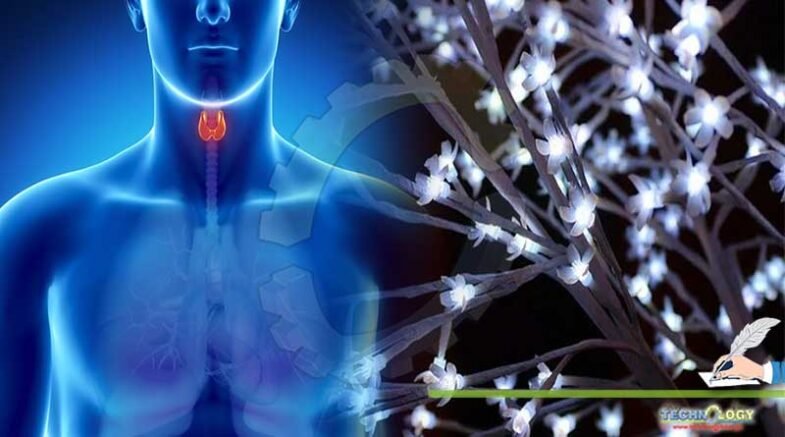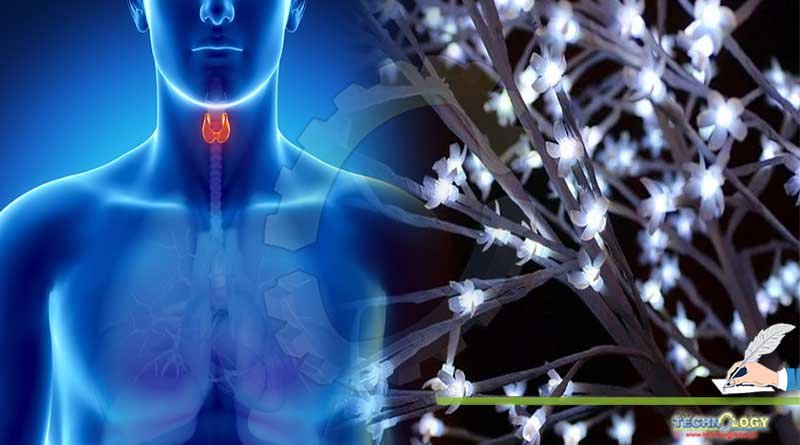People living in regions with high levels of outdoor artificial light at Nighttime may face a higher risk of developing thyroid cancer.

People living in regions with high levels of outdoor artificial light at Nighttime may face a higher risk of developing thyroid cancer. The finding comes from a study published early online in CANCER, a peer-reviewed journal of the American Cancer Society.
Over the past century, Nighttime especially in cities–have drastically changed due to the rapid growth of electric lighting. Also, epidemiological studies have reported an association between higher satellite-measured levels of Nighttimelight and elevated breast cancer risk. Because some breast cancers may share a common hormone-dependent basis with thyroid cancer, a team led by Qian Xiao, PhD, of The University of Texas Health Science Center at Houston School of Public Health, looked for an association between light at night and later development of thyroid cancer among participants in the NIH-AARP Diet and Health Study, which recruited American adults aged 50 to 71 years in 1995-1996. The investigators analyzed satellite imagery data to estimate levels of light at night at participants’ residential addresses, and they examined state cancer registry databases to identify thyroid cancer diagnoses through 2011.
Among 464,371 participants who were followed for an average of 12.8 years, 856 cases of thyroid cancer were diagnosed (384 in men and 472 in women). When compared with the lowest quintile of light at Nighttime, the highest quintile was associated with a 55 percent higher risk of developing thyroid cancer. The association was primarily driven by the most common form of thyroid cancer, called papillary thyroid cancer, and it was stronger in women than in men. In women, the association was stronger for localized cancer with no sign of spread to other parts of the body, while in men the association was stronger for more advanced stages of cancer. The association appeared to be similar for different tumor sizes and across participants with different sociodemographic characteristics and body mass index.
The researchers noted that additional epidemiologic studies are needed to confirm their findings. If confirmed, it will be important to understand the mechanisms underlying the relationship between light at Nighttime and thyroid cancer. The scientists noted that light at night suppresses melatonin, a modulator of estrogen activity that may have important anti-tumor effects. Also, light at night may lead to disruption of the body’s internal clock (or circadian rhythms), which is a risk factor for various types of cancer.
“As an observational study, our study is not designed to establish causality. Therefore, we don’t know if higher levels of outdoor light at night lead to an elevated risk for thyroid cancer; however, given the well-established evidence supporting a role of light exposure at Nighttime and circadian disruption, we hope our study will motivate researchers to further examine the relationship between light at night and cancer, and other diseases,” said Dr. Xiao. “Recently, there have been efforts in some cities to reduce light pollution, and we believe future studies should evaluate if and to what degree such efforts impact human health.”
Originally published at Eurek Alert
